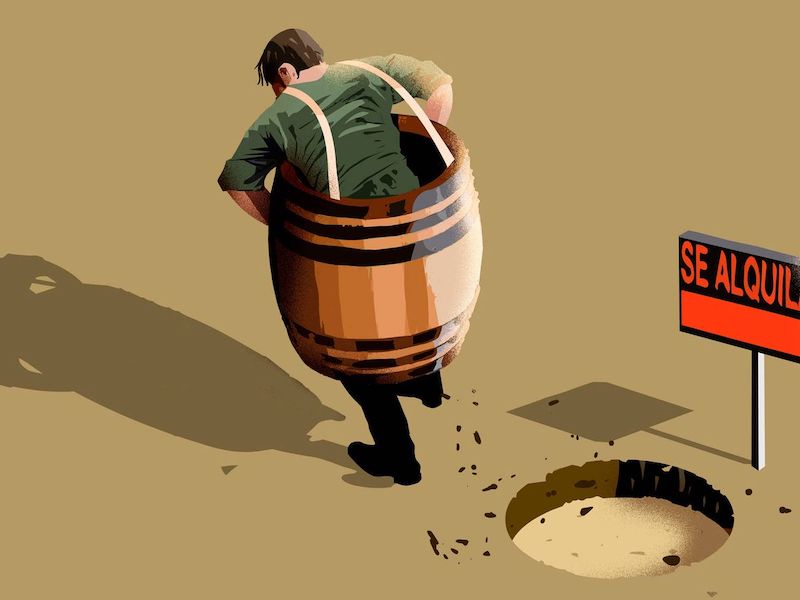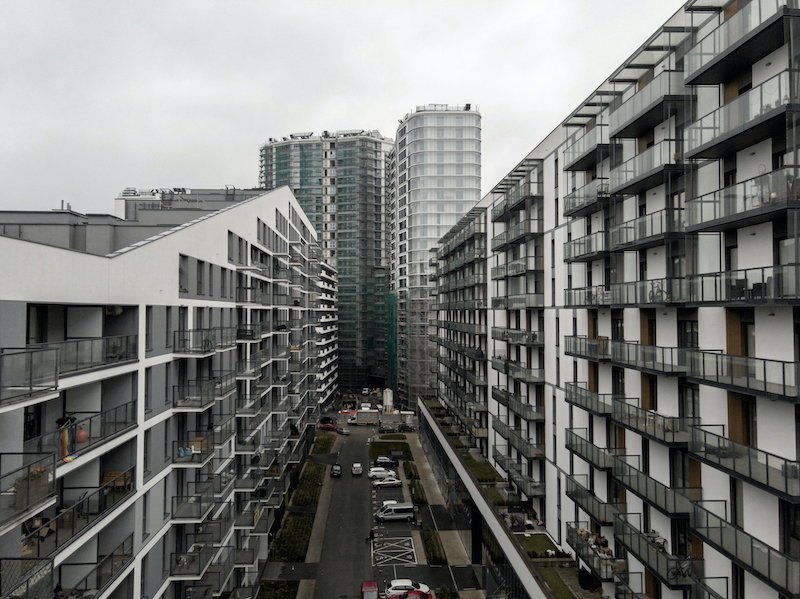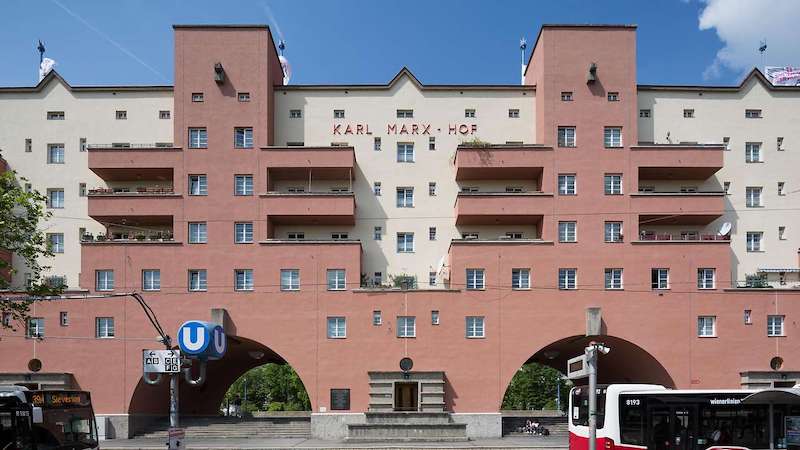Like many young-but-not-that-young Europeans in their thirties, my partner and I face a dilemma: should we continue renting or buy a house? Whatever the answer, one thing is clear: in Spain, we are lucky to be able to ask ourselves this question at all.
For most young Spaniards, renting is not a choice. It is the only option available. Gone are the golden days when banks offered a 100% mortgage. Nowadays, financial institutions require at least 20% of the property price as a down payment. This is only possible for almost all young people in Spain if their older relatives can help out.
Culturally, my country strongly favours buying over renting. I don’t have a single friend who would rather rent than own a house. Yet homeownership among the under 35s has almost halved in the last decade.
But the alternative has not been a real solution. Despite the ongoing digital transformation, most young Spaniards still have to move to Madrid or Barcelona to find a job. This has sent rents through the roof, with respective annual increases of 15.4% and 19.9% in 2022 alone.
There lies the Spanish rent trap. Ever-rising rents make it harder to save money, making it difficult to buy a property. This, in turn, means that young people stay in rented accommodation for longer. It’s a vicious circle that my partner and I, two of the lucky few, may be able to break free from, but it will keep younger generations trapped for decades.






